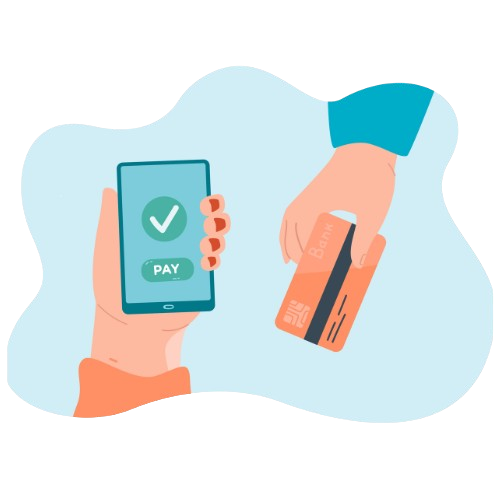Best Practices for Accepting Credit Card Payments Online

Accepting credit card payments online is a key component for most businesses today. With more customers shopping on websites, offering an easy way to pay by credit card can make a big difference in your conversion rates and overall customer satisfaction. In this post, we’ll look at some common-sense tips and proven methods to help you process credit card payments efficiently and securely.
Choose the Right Payment Gateway
Your payment gateway plays a central role in handling transactions. When selecting a gateway, look for one that offers a straightforward setup process, good customer support, and competitive transaction fees. Research different options and read reviews to see which providers offer reliable services with minimal downtime. A payment gateway that accepts a range of credit and debit cards from major networks such as Visa, Mastercard, and American Express is essential. Also, consider if the gateway supports recurring billing if you run a subscription-based business.
Keep Your Website Secure
Security is crucial when dealing with credit card transactions. Customers need to feel safe sharing their card details, so it is important to use an SSL certificate to encrypt data between your server and your customers. Additionally, check that your payment processor is compliant with the Payment Card Industry Data Security Standard (PCI DSS). This certification is a good sign that the provider takes security seriously and follows strict guidelines to protect card information.
Simplify the Checkout Process
A cluttered or complicated checkout process can lead to abandoned carts. Try to make the steps to complete a purchase as clear and simple as possible. Use a clean design that highlights the payment section and minimizes distractions. It helps to display trust signals, such as security badges, so customers know that their information is protected. Avoid asking for more details than necessary, and streamline the payment form so that customers can quickly enter their credit card information and finish the transaction.
Test on Different Devices
Many shoppers use a variety of devices to make purchases, including smartphones, tablets, and desktop computers. It is important that your checkout page works well on all these platforms. Test the credit card payment process on different browsers and devices to make sure it loads quickly and responds well. A checkout form that adjusts correctly on mobile devices will reduce errors and improve the overall buying experience.
Be Clear About Costs and Fees
Transparency regarding any fees associated with credit card payments can build trust with your customers. Let them know if there are any extra charges related to currency conversion, processing fees, or other costs. While most online stores absorb these fees, if you plan to pass any fees on to the customer, this must be clearly stated before they complete the transaction. Clear information on pricing and potential additional charges helps to avoid any unpleasant surprises.
Offer Multiple Payment Options
Even if credit card payments are your main focus, consider offering a few other methods as well. Adding options like debit cards, digital wallets, or even bank transfers can cater to a wider range of customer preferences. However, avoid cluttering the checkout process; simply provide a couple of alternatives that are most popular with your target audience.
Regularly Update Your Software
Keeping your payment systems and website up-to-date is essential. Software updates often include security patches and improvements that can help prevent fraud or technical issues. Make sure that your website platform, payment gateway plugins, and any other related systems are updated as soon as new versions are available. Regular updates also help maintain compatibility with new card formats and other technological changes in the payment processing field.
Monitor Transactions for Fraud
Keep an eye on your transactions to spot any unusual activity. Most payment processors offer tools to track transactions and flag suspicious behavior. Setting up alerts for unusually high transactions or repeated declines can help you catch fraud early. Training your team to understand and follow basic fraud prevention techniques is also a smart move. While your payment gateway may offer built-in safeguards, a proactive approach on your end can add an extra layer of protection.
Provide Clear Contact Information
In case a customer has issues or questions about their payment, it is important to provide easy access to customer support. Display your contact details clearly on your website, especially on the checkout page, so that customers can quickly reach out if they encounter any problems. Quick and helpful responses can turn a negative experience into a positive one, reducing the chance of abandoned transactions and fostering long-term trust.
Conclusion
Accepting credit card payments online doesn’t have to be a headache. By choosing the right payment gateway, securing your website, simplifying the checkout process, and staying on top of updates and fraud prevention, you can create a smooth experience for your customers. Keeping everything straightforward and transparent will help build trust and encourage repeat business, making your online store a success.